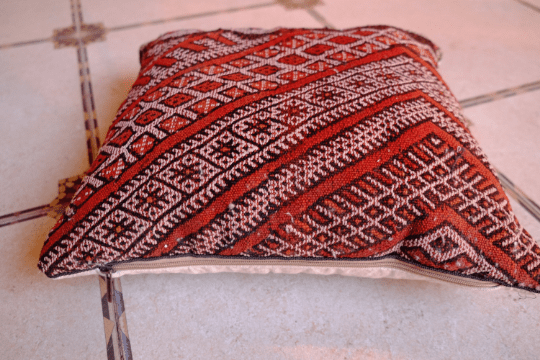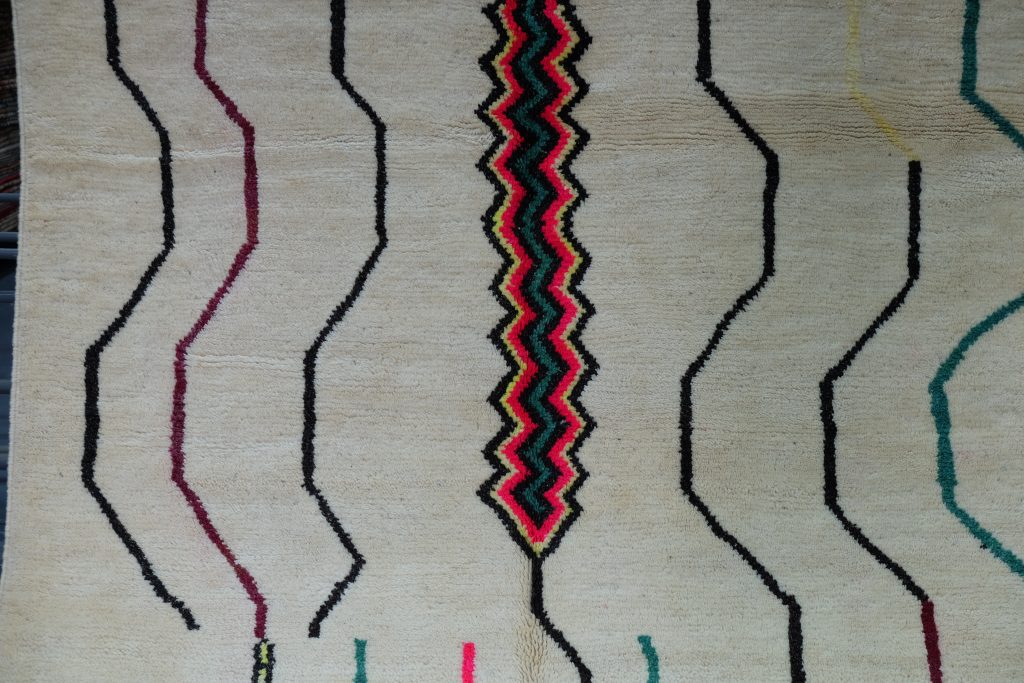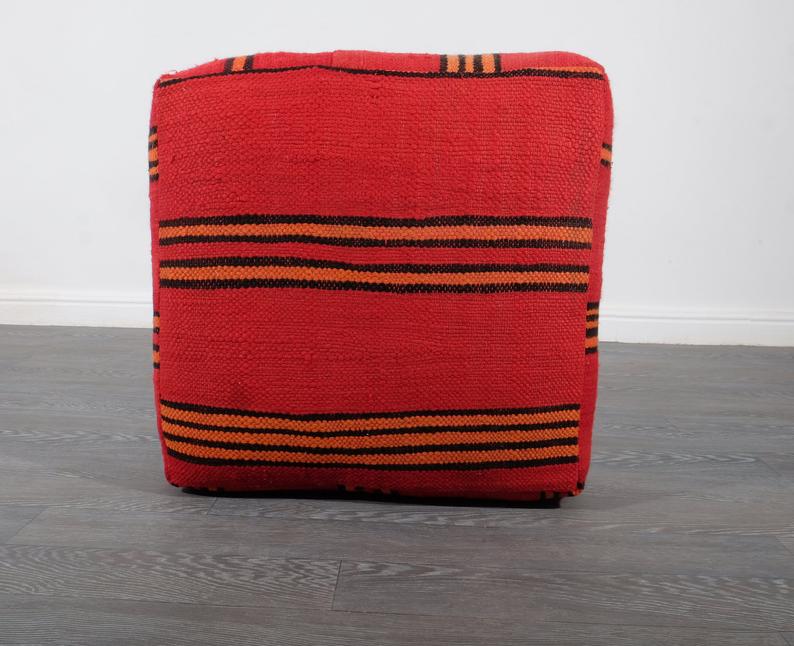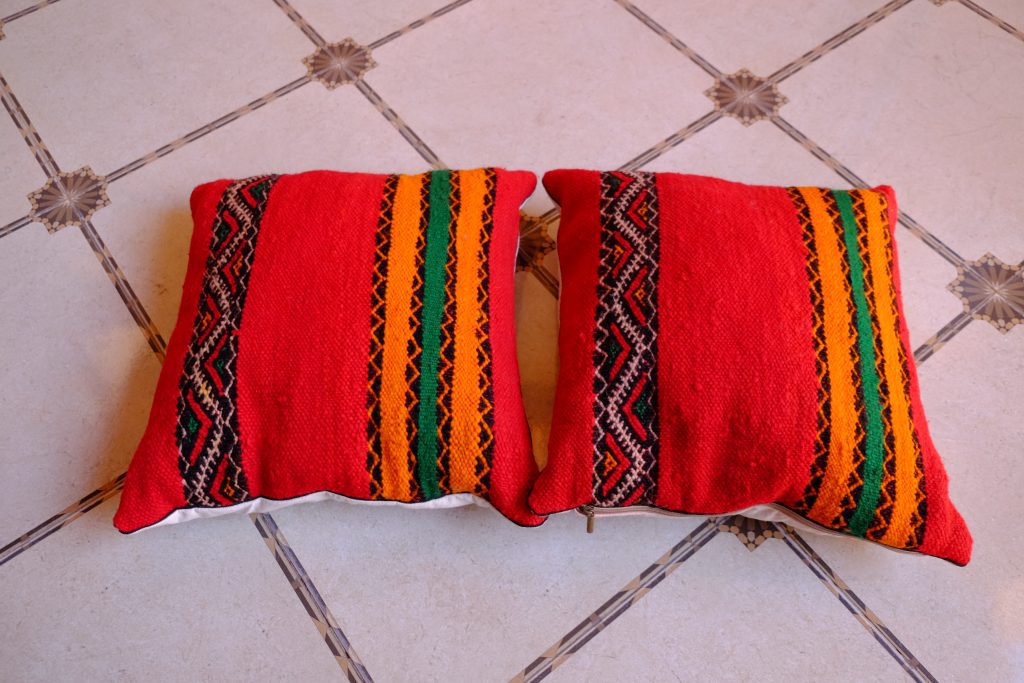If you’re looking to add a pop of color and character to your home, you’ll want to consider purchasing a Moroccan pillow. These pillows feature fabric from Marrakech and a pattern is known as zellij. You’ll find that the Moroccan pillow blends in well with other fabrics, and its classic stripes add an element of Moroccan style to your home decor. This unique pillow features a zipper closure for ease of cleaning.
One of the most common materials for a Moroccan pillow is fabric, wool, or silk. A vintage textile can have minor imperfections that make it unique. A vintage pillow will likely have these imperfections, but they’ll make a statement about your decorating style and taste. This is also an opportunity to get a Moroccan pillow that is a one-of-a-kind piece. It will look fabulous in any room and be a conversation starter.
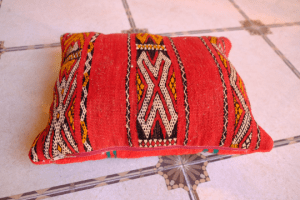 Moroccan pillows can come in any size or shape. They are made by skilled artisans in Morocco and have many advantages. Their affordability and reliability make them a popular choice for many. In addition to comfort and quality, Moroccan pillows can last longer than other pillows. You can easily find one online. To find a pillow of your choice, visit a site dedicated to Moroccan products. You can also check out the many pillow covers on the market. It’s easy to find a pillow with an excellent design that fits your decor.
Moroccan pillows can come in any size or shape. They are made by skilled artisans in Morocco and have many advantages. Their affordability and reliability make them a popular choice for many. In addition to comfort and quality, Moroccan pillows can last longer than other pillows. You can easily find one online. To find a pillow of your choice, visit a site dedicated to Moroccan products. You can also check out the many pillow covers on the market. It’s easy to find a pillow with an excellent design that fits your decor.
One type of Moroccan pillow is made from cactus silk. Its feminine appearance is a result of the hand-woven fabric that’s often known as cactus silk. This fabric is made by using natural dyes and the cactus plant’s fibers. Moroccan female artisans hand-loom the fabric by hand and dye it in natural pastel colors. The result is a unique pillow with an incredibly rich history.
A popular type of Moroccan pillow is the Kilim design. These pillows are handmade by Berber women in West Africa and feature geometric black designs and white fabric. They’re perfect for a bohemian-style room and can be combined with other Moroccan pillows to create a cohesive design. And because they’re made of sun-friendly material, they can be used with any color scheme. They are also timeless and will never go out of style.
Once you’ve finished cutting and placing the pieces, it’s time to sew the piping. Be sure to pin the piping in line with the seam allowance and leave an extra inch or two where the piping starts. Then, sew the piping to the side opposite the zipper. Once the seam allowances are pinned, you’re ready to start sewing the pillow! You’ll want to trim any excess fabric that’s hanging down.

